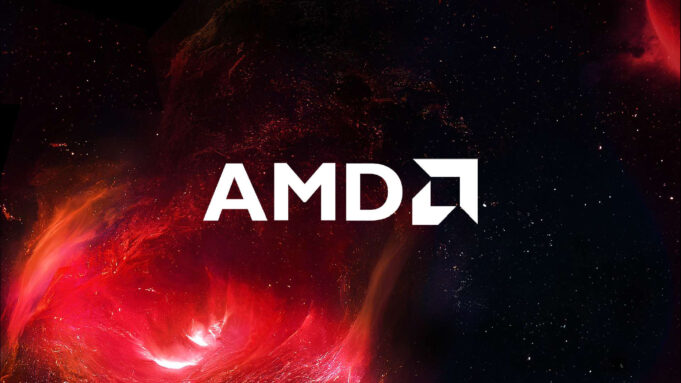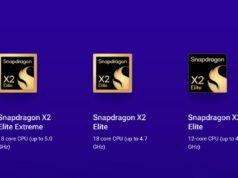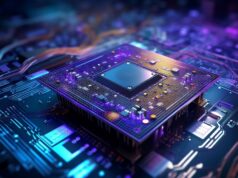AMD‘s latest Adrenalin Edition 25.10.2 driver release caused confusion among users, but the company has issued important clarifications about Windows 10 support and maintenance mode for older GPUs.
The Confusion Around Windows 10 Support
The release notes for Adrenalin Edition 25.10.2 only mention support for Windows 11 version 21H2, with no reference to Windows 10. This initially led to speculation that AMD had dropped official support for Microsoft’s older operating system.
However, AMD has confirmed that this isn’t the case. According to the company, Windows 10 will still receive full driver support, including the latest Adrenalin Edition 25.10.2 release.
“To clarify, the new driver doesn’t claim Windows 10 support because Windows 10 is in the End of Life stage as per Microsoft,” an AMD spokesperson explained. “The AMD Software: Adrenalin package, although it does not specifically call out Windows 10 support, supports Windows 10. Windows 10 support will continue to be available in AMD Software Adrenalin Edition via the Windows 11 installer.”
RDNA 1 and RDNA 2 GPU Support Clarified
While the update moves Radeon RX 5000 (RDNA 1) and RX 6000 (RDNA 2) graphics cards into “maintenance mode,” AMD has confirmed that these GPUs, along with discrete and handheld devices based on the same architectures, will continue to receive day-zero game support and essential driver updates.
This means owners of these cards don’t need to worry about being left behind. They’ll still get:
- Day-zero game support – Drivers optimized for new game releases
- Essential updates – Security patches and critical bug fixes
- Compatibility maintenance – Continued support for future games
Discrete GPUs and handhelds will still work with future games, providing relief for users who invested in RDNA 1 and RDNA 2 hardware.
What This Means for Windows 10 Users
AMD’s continued support gives Windows 10 users more breathing room before they decide to make the switch. The clarification comes as great news for PC users who are still on Windows 10, especially those who haven’t yet jumped to Windows 11 due to hardware limitations or personal preference.
The absence of Windows 10 in the documentation is simply due to Microsoft’s operating system reaching its end of support. As a result, AMD no longer lists it explicitly in the driver release notes, but the software and drivers remain compatible and supported.
If you’re still using Windows 10 and want to keep your PC running smoothly, there’s no immediate need to rush the transition, especially if you have an AMD graphics card or integrated GPU solution.
How to Get the Latest Drivers
Windows 10 users can install AMD’s latest Adrenalin Edition drivers using the same Windows 11 installer. The installation process works identically on both operating systems, despite Windows 10 not being explicitly mentioned in the release notes.
For those considering an upgrade to Windows 11, various methods exist for installation, including TPM workarounds for unsupported PCs. However, with AMD confirming continued Windows 10 support, users can take their time evaluating whether to upgrade.
For owners of RDNA 1 and RDNA 2 graphics cards, maintenance mode doesn’t mean abandonment, it means focused support on critical updates while newer architectures receive the latest features. Combined with continued Windows 10 compatibility, AMD users have flexibility in planning their upgrade paths.





